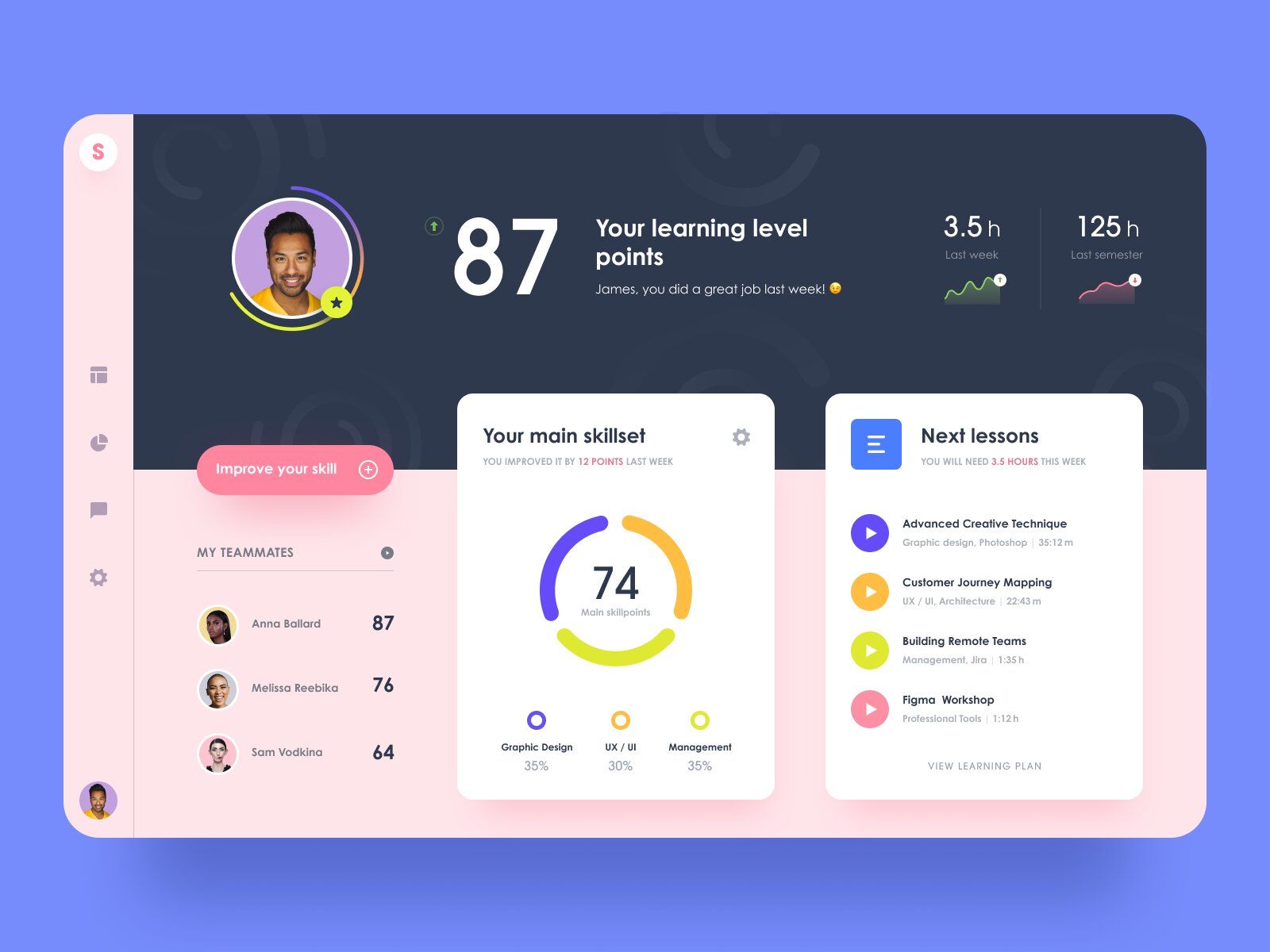Batter Links: Your Gateway to Trending News
Stay updated with the latest trends and insights from around the world.
E-Learning Platforms: Where Clicks Meet Bricks
Discover the top e-learning platforms that bridge the gap between virtual learning and real-world experiences! Transform your education today!
How E-Learning Platforms are Bridging the Gap Between Online Learning and Traditional Education
In today's rapidly evolving educational landscape, e-learning platforms are playing a pivotal role in bridging the gap between online learning and traditional educational methods. By leveraging technology, these platforms offer flexible, accessible, and interactive learning experiences that cater to diverse learning preferences. With features such as multimedia content, live virtual classes, and personalized learning paths, students can engage more deeply with the material. In fact, studies have shown that students in blended learning environments often outperform their peers in conventional settings.
Moreover, e-learning platforms promote collaboration between instructors and learners, mimicking the social aspects of traditional classrooms. For instance, features like discussion forums and group projects foster peer interaction and teamwork, which are crucial skills in today's job market. As noted by the LearnPlatform report, the integration of digital tools in education not only enhances the learning experience but also equips students with vital digital literacy skills. By merging the best of both worlds, these platforms are redefining how we perceive education, ensuring that quality learning is accessible to everyone, anywhere.

The Rise of Hybrid Learning: Merging E-Learning with Physical Classrooms
The rise of hybrid learning represents a revolutionary shift in education, blending traditional in-person instruction with the flexibility of e-learning. This innovative approach not only caters to diverse learning styles but also addresses the challenges posed by geographical barriers and time constraints. According to a report by Educause, 80% of educational institutions are now adopting some form of hybrid model, paving the way for a more inclusive and personalized learning experience. By integrating tools such as video conferencing, digital resources, and interactive platforms, educators can engage students more effectively and foster collaboration, regardless of location.
Moreover, the merging of e-learning with physical classrooms allows for greater accessibility and student empowerment. As highlighted by EdTech Magazine, hybrid learning environments facilitate personalized learning paths, enabling students to progress at their own pace while still benefiting from face-to-face interactions. This adaptability is crucial in today's ever-evolving educational landscape, where the demand for skilled professionals is on the rise. As we continue to embrace this hybrid approach, we can expect to see significant improvements in both academic performance and student satisfaction.
What Makes an Effective E-Learning Platform: Key Features to Look For
When evaluating e-learning platforms, several key features play a crucial role in determining their effectiveness for learners and educators alike. First and foremost, a user-friendly interface facilitates easy navigation, allowing users to focus on the content rather than struggling with the platform's layout. Additionally, the inclusion of adaptive learning technologies is essential, as these features tailor the educational experience to meet individual learning paces and styles. Features such as adaptive assessments and analytics dashboards are invaluable for coaching learners to enhance their understanding of complex topics.
Moreover, an effective e-learning platform should offer multimedia support to engage learners through various formats such as videos, infographics, and interactive quizzes. This diversity not only caters to different learning preferences but also helps reinforce knowledge retention. Furthermore, integration with social learning tools can create a collaborative environment where learners can share insights and feedback. It's important to choose a platform that supports community interaction, allowing for a healthy exchange of ideas and experiences, as highlighted in this article on social learning benefits. Ultimately, investing in a feature-rich e-learning platform can enhance educational outcomes and foster a deeper understanding of the subject matter.